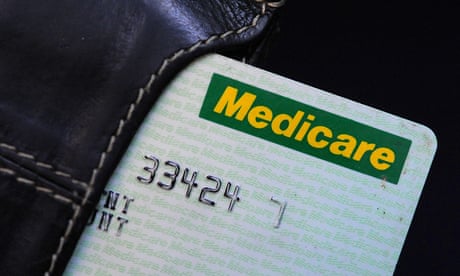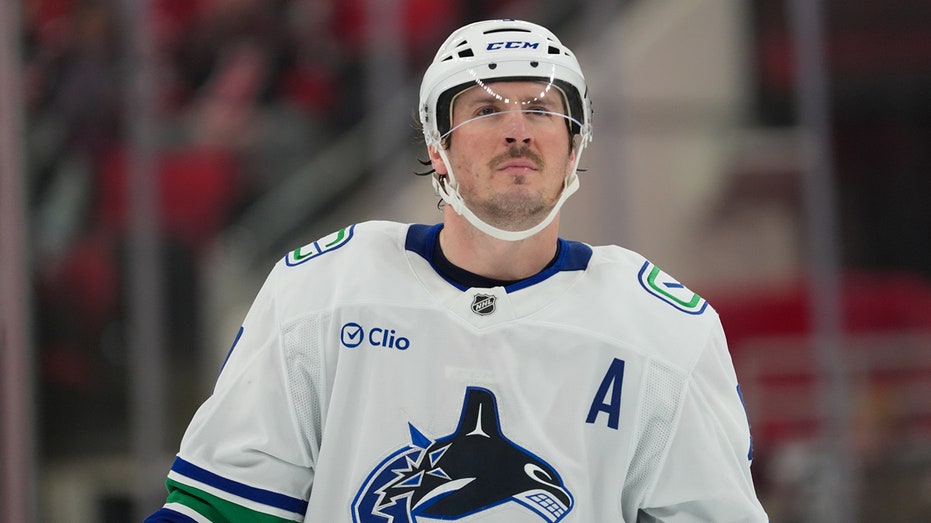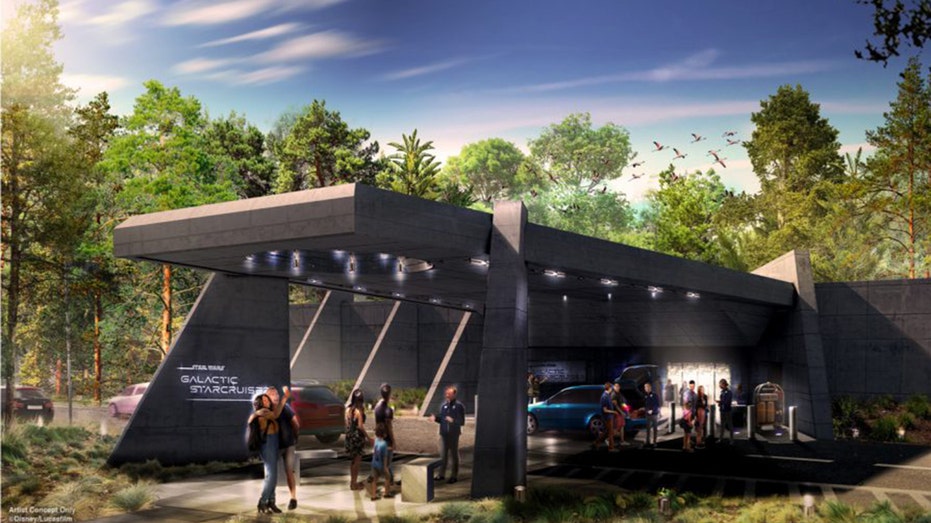- by foxnews
- 02 Feb 2025
Medicare review: what changes can we expect to see - and what’s still missing?
Medicare review: what changes can we expect to see - and what’s still missing?
- by theguardian
- 04 Feb 2023
- in news

A major government report into Medicare funding has suggested ways to update the system for Australia's healthcare needs in 2023, with proposals on different specialists working better together, allowing pharmacists and nurses to do more tasks and take pressure off GPs, and changes to how the government pays for doctor's visits.
But the long-awaited report of the Strengthening Medicare taskforce has little in immediate assistance for people struggling to book an appointment, find a bulk-billing GP or pay ballooning gap fees.
If you're worried about getting in to see a doctor, it might not be until mid-2023 that you start to see changes, while major government decisions on funding may not come for months.
The Strengthening Medicare report, a key Labor election promise, settled on some previously flagged changes including more funding for longer consultations, "blended" funding models to better support chronic conditions, growing Aboriginal community-controlled health organisations and a review of "barriers and incentives" to get all health staff working to their full scope.
Nurses and allied health professionals have long pushed to get more power to give care or prescriptions without a patient needing to see a GP. These changes are meant to take pressure off GPs and free up doctors to see serious cases.
Proposals around blended care and "block" funding of patient care are also meant to better cater to those with chronic health conditions who need multiple specialists working in a team.
But while many expected the report to make concrete recommendations to bolster bulk-billed medical care, it instead makes a series of broad thematic recommendations about what Medicare should consider.
Its main vision includes boosting access to "equitable, affordable, person-centred primary care", using "coordinated multidisciplinary teams of healthcare professionals" and fostering better use of digital technology to share patient data.
These recommendations were mostly welcomed by doctor groups, but some were left underwhelmed by a lack of solid action. The prime minister, Anthony Albanese, said health reform was national cabinet's number one priority in 2023, but didn't put a firm timeline on when they would agree on how to realise the report's vision.
In short, details and money.
It outlines a broad "vision" of where the system should go, but little firm detail on how to get there. It also has no dollar figures attached to proposals.
The Royal Australian College of GPs said it "cautiously welcomed" the report, saying the recommendations were promising; but also flagged concern about the "ambiguity" in its text.
"The devil will be in the detail on many of the recommendations," said the RACGP president, Dr Nicole Higgins.
The president of the Australian Primary Health Care Nurses Association, Karen Booth, described the report as outlining "potential" and "promises". She backed many recommendations, but admitted more detail on how proposals would help patients was vital.
"All the discussion today is high level and will set a direction, but we need to see what is funded in the budget," Booth told Guardian Australia.
Another missing element is how this tangibly will help those struggling to see doctors. There's no solid target of how much costs or wait times should be reduced by.
The health minister, Mark Butler, said accessing affordable care was "a major challenge", but admitted there would no be immediate relief for struggling patients.
"I want to tell Australians it's not going to be quick and it's not going to be easy and it's not going to be fixed in one budget," he said.
The government has previously committed $750m to implementing the report's recommendations - but we don't know yet where that money will go or what it will do to reduce costs and barriers to seeking care.
Butler said the money would be allocated in the May budget, so we may not see the results start to flow through to care and wait times until well after that.
"Some of those measures will be able to flow pretty quickly. Others are about rebuilding the system and you can't do that across general practice just in one way."
But the AMA says that $750m commitment, while "a very good starting point", is nowhere enough to wind back barriers to care.
The AMA president, Prof Steve Robson, said it would need "a substantial investment in GP rebates if we're going to make care affordable and accessible". He said an AMA analysis found at least $8bn had effectively been taken out of Medicare in recent years through rebate freezes, claiming there'd been "a gutting of Medicare rebates".
"It's very difficult to put a figure on it. It will be a lot," he admitted.
The government will respond to the report in the May budget. We can expect to see some major health funding announcements; it's understood rebates will be one part, with government sources stressing more will be done on affordability, but it's unclear how much.
The Australian Healthcare and Hospitals Association called it "a vision but not a quick fix".
Butler said there were things the government could quickly take action on, like larger rebates for longer consultations, but others like the blended funding models and digital health system upgrades would take much longer.
So while we probably won't see much movement on the report's recommendations before mid-2023, Albanese and Butler pointed to ongoing government health changes, like their urgent care clinics and announcements to boost rural GPs, as Medicare actions already under way.
The government says Medicare is the number one priority for Labor. Robson says they shouldn't wait.
- by foxnews
- descember 09, 2016
Disney reveals fate of closed Star Wars hotel
The building that was formerly home to the Star Wars: Galactic Starcruiser at Walt Disney World in Orlando, Florida will be repurposed, the company confirmed to local media earlier this week.
read more


